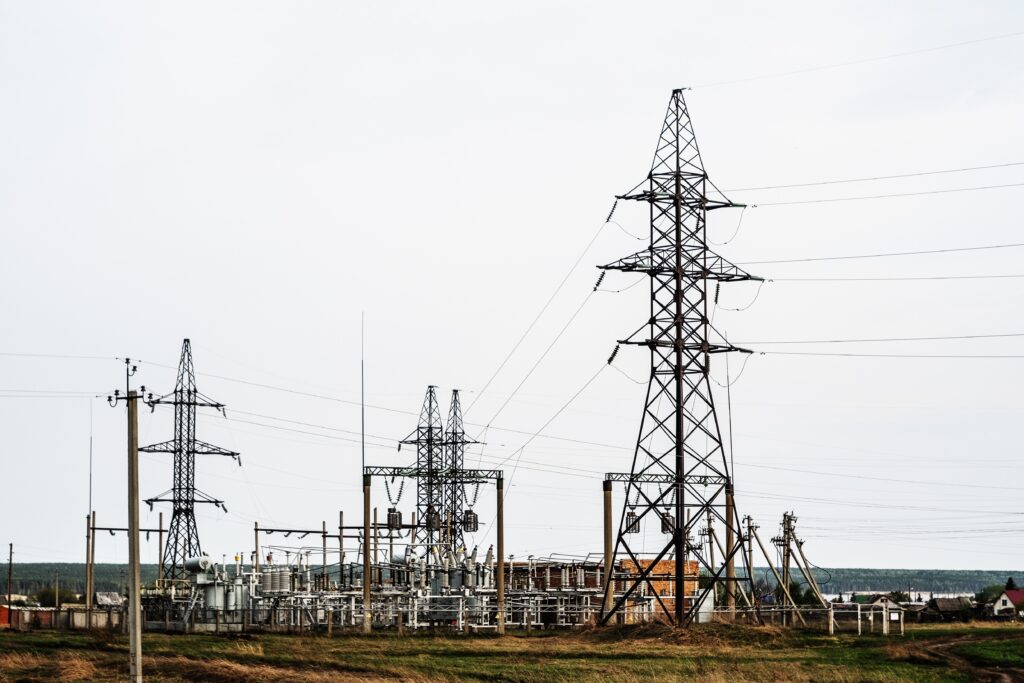Challenges of India’s Power Transmission System
4 min read
Role and importance of Power Transmission System
Power is one of the most essential components of energy generation in India. India being one of the rapid growing economies in the world has increased demands of power over years. However, there are also many challenges associated with power transmission system in the nation.
Challenges of power transmission systems in India
The reasons for this huge rise in demand for power and electricity is due to Indian Governments initiatives towards developing e-mobility, smart cities, and similar other areas. Thus it is important for the nation to have robust, power, generation, distribution and power transmission systems. However, there are the following challenges that the India Power Transmission System (IPTS) faces.
Lack of efficient strategic planning
The Indian power transmission system faces challenges in the following 3 different ways:
- Lack of efficient planning between the power generation, power transmission and its distribution.
- There is a lack of efficient planning in between the inter and intra state power transmission systems in India.
- Lack of synchronized and strategic planning between the power transmission utilities and the departments that are associated with it like railways, forests, roads, etc.
The above loop holes are responsible for lacking in centralized and organized planning of the new power transmission lines.
Lack of properly integrating to renewable sources of energy
The Government of India is taking certain initiatives in targeting the capacity of renewable sources of energy which is also a major challenge for the power transmission sector of the nation. It is evident that in India the different sources of renewable energy like solar and wind are mainly situated in the rural areas. These areas are far away from the urban locations where power demand is high.
Lack of efficient investment in the projects of power transmission
Although the Indian policymakers have made plans to increase their investments through allocation of funds to the power sectors in the twelfth and the thirteenth 5 year plans, the sector has not been able to rise from financial crises. Financial deficit has been considered to be one of the most affecting challenges of the power transmission sectors in India. Lack of adequate investment in the sector has been a reason for delays in power transmission projects and causing distress to the utilities.
Few private players in the power transmission sector
There has been a lack of adaptation to the rapid changes in generation as well as distribution in power sectors in India. Only around 3% of the private participation is visible in the power transmission sector compared to that of around 38% of their participation in the generation sector. This is a very low participation percentage of the private players in the power industry which is affecting the india power transmission systems.
Lack of upgraded technologies
The transmission utilities are rarely aware of the new and innovative technologies that can be used for completing the power transmission process quickly and accurately. Innovation in the technologies used for power transmission can help enhance the power quality. Upgrading with new technologies can help resolve issues related to power shutdown, minimizing technical faults and managing load smoothly and optimally.
Solutions that can be implemented for managing challenges of power transmission systems in India
Considering social and environmental impacts
The power transmission systems in India should be considering ways by which they can minimize their impact on the society and the environment.
Use of innovative technologies
The approach of using global technologies like helicrane can help aiding in effective and quality project completion. They can also use drones for the purpose of remotely monitoring the transmission lines. Digital substations and smart grids can also be used for improved reliability, better monitoring, faster response towards disturbances in power grids and efficiently detecting faults.
Using renewable sources of energy
The power transmission sector can consider development of transmission infrastructures that can aid in connecting projects of renewable energy to the power grids. This includes construction of efficient transmission lines, facilities for energy storage and substations for ensuring smooth flow of green and clean energy.
Making strategic plans
The power transmission systems can make use of efficient data analytics and project management techniques for providing assistance in development of robust plans and systems of forecasting. With the help of analyzing the data history as well as future trends this sector can become capable of meeting growth of demands for electricity in the nation.
Thus the above solutions can help accelerate the growth of the power transmission sector. With the increase in the demand for power, the Indian power transmission sector should also be able to enhance their performance and meet the demands efficiently. All stakeholders associated with the power transmission systems should have their long-term support for the utility organizations.







